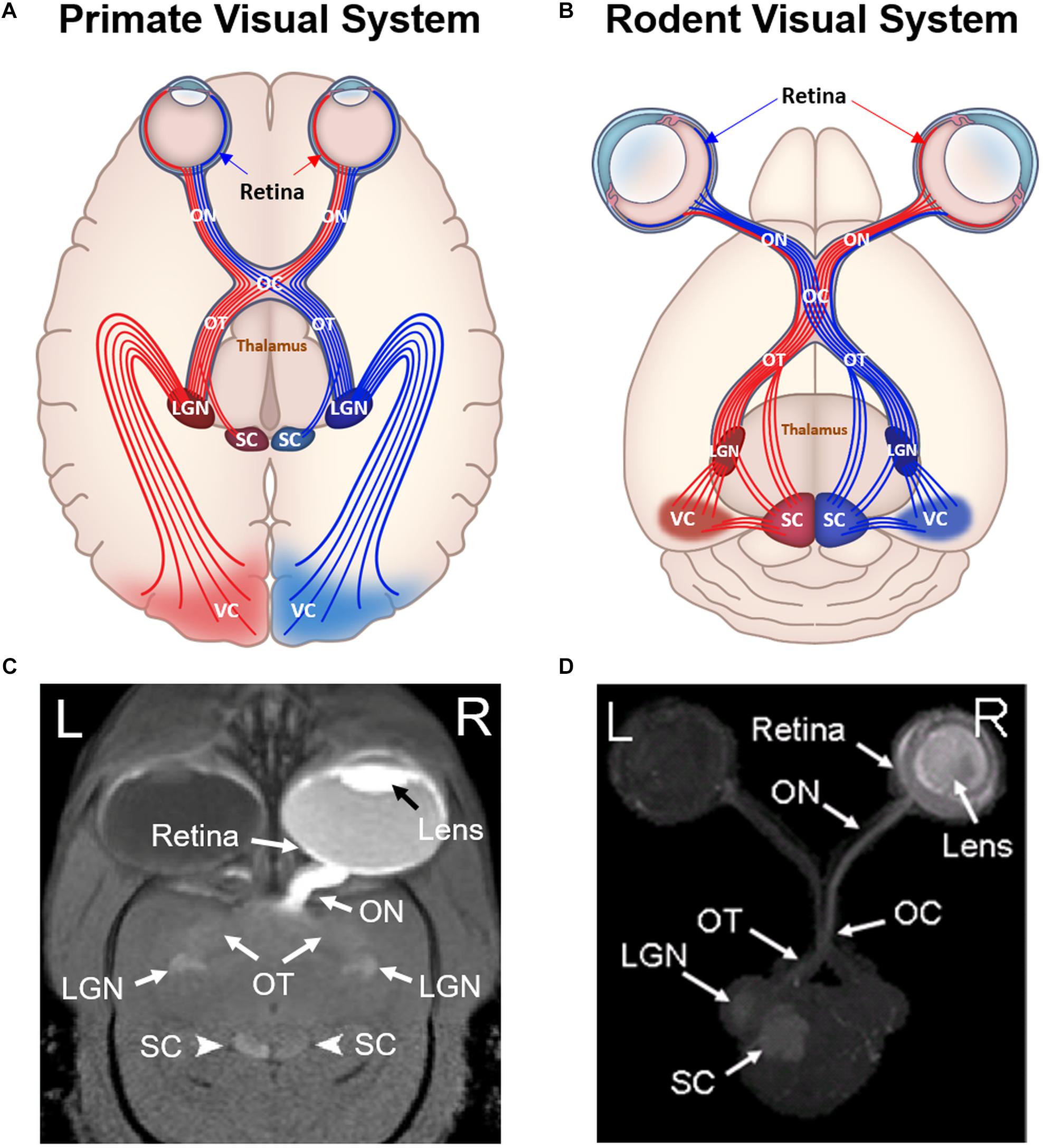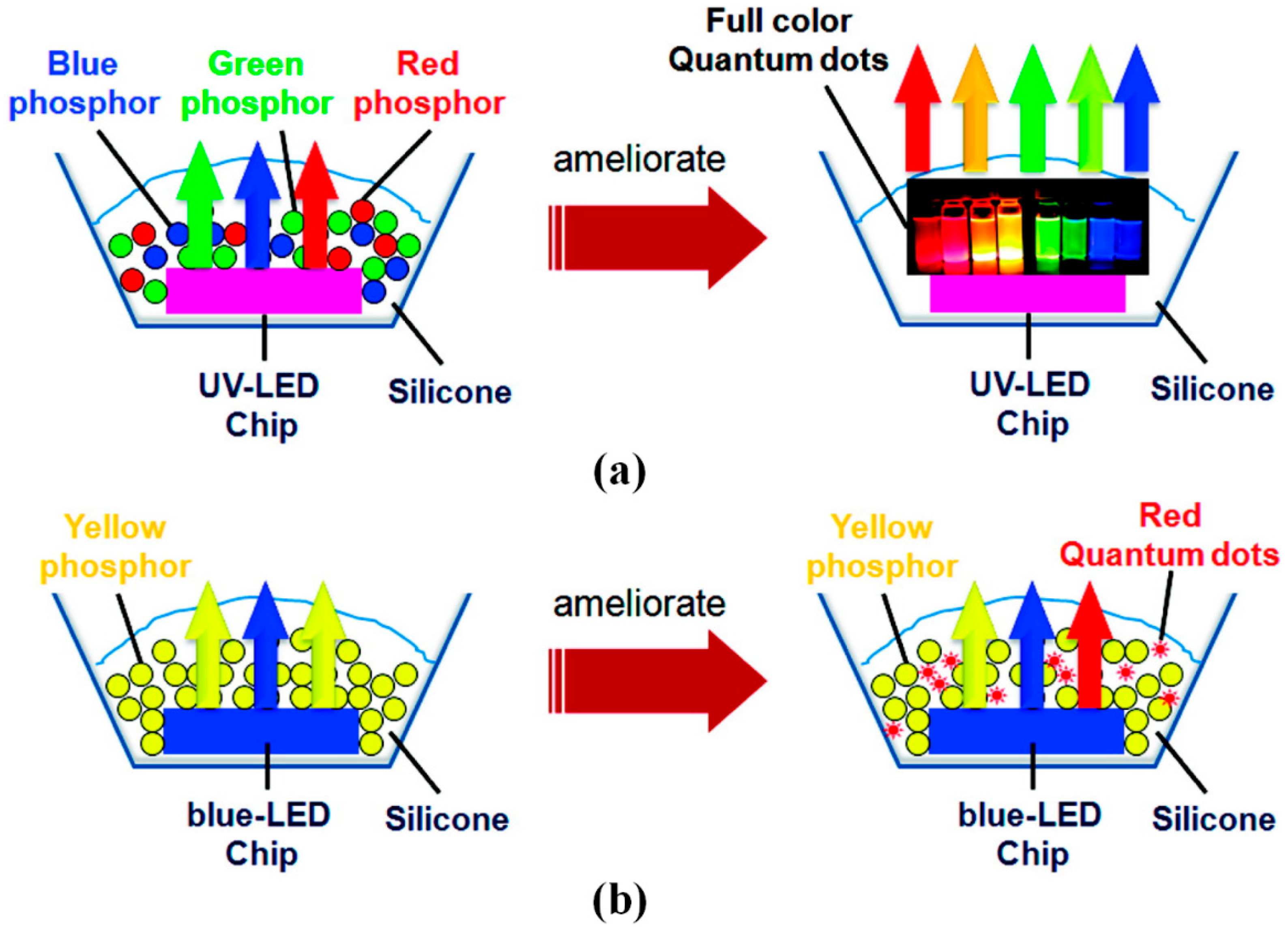
Ashworth et al., 2004 Hoyal and Sheets, 2009 Leduc et al., 2019) (2) water depth estimated from dye and light attenuation, possibly combined with absolute water level point measurements (e.g. Typical data collection in such experiments targets the following three elements: (1) the morphological development from overhead imagery and digital elevation models (DEMs) from laser scanning or stereo photography on a dry bed (e.g. (b) Water levels, based on measured bed elevations and water depths estimated from water colour saturation, are too high above the floodplain ( z=0 mm) at locations of abundant silica flour and too low at locations of overexposure. The water is dyed red where the water colour saturation is a measure of water depth. (a) Overhead imagery shows cases of light overexposure and the distribution of white silica flour. ( 2013 a) show how data extraction may be distorted.

1).įigure 1Exemplary data of a physical scale experiment of a meandering river by Van Dijk et al. In contrast, data collection in landscape experiments is often difficult, infrequent and hindered by various problems (Fig. Zanichelli et al., 2004 Siviglia et al., 2013) with water depths >10 cm in which flow data can be more easily measured with lasers and submerged flow meters (e.g. Struiksma et al., 1985 Neary et al., 1999) and larger-scale experiments (e.g. This kind of scale experiments differs from classical hydraulic flume studies (e.g. The focus of this study is on landscape scale experiments that simulate morphodynamics with shallow water depths of maximally a few centimetres, i.e.
VISUAL LIGHTING LC 075 M S AL FULL
Secondly, experiments enable full control of the initial and boundary conditions and require little time to form entire systems, as opposed to the slow, ever-changing nature observed remotely or in the field. Meyer-Peter and Müller, 1948 Van Rijn, 2007 Baar et al., 2019) and life forms (e.g. Firstly, real material is used with its inherent laws and properties, as opposed to numerical models that require many parameters and approximations of laws for water flow, sediment transport (e.g. The benefits of experiments that complement the other two means of research are twofold. Physical scale experiments greatly enhance our understanding of fluvial, estuarine and coastal processes and complement field observations and numerical models.

Also, this integration will aid experimental design. The implication of the experimental data–model integration is that conducting experiments requires fewer measurements and less post-processing in a simple, affordable and labour-inexpensive manner that results in continuous spatio-temporal data of better overall quality.

The modelled water depth and flow velocity closely resembled the measured data for locations where the quality of the measured data was most reliable, and model results may be improved by applying a spatially varying roughness. To this end, we tested Nays2D for one tidal and two fluvial scale experiments and extended Nays2D to allow for flume tilting, which is necessary to steer tidal flow. We investigated to what extent the numerical hydrodynamic model Nays2D can reproduce unsteady, nonuniform shallow flow in scale experiments and under which conditions a model is preferred to measurements.

A novel means to augment measurements is to numerically model flow over the experimental digital elevation models. However, it has proven challenging to acquire accurate and continuous data on water depth and flow velocity due to limitations of the measuring equipment and necessary simplifications during post-processing. Physical scale experiments enhance our understanding of fluvial, tidal and coastal processes.


 0 kommentar(er)
0 kommentar(er)
